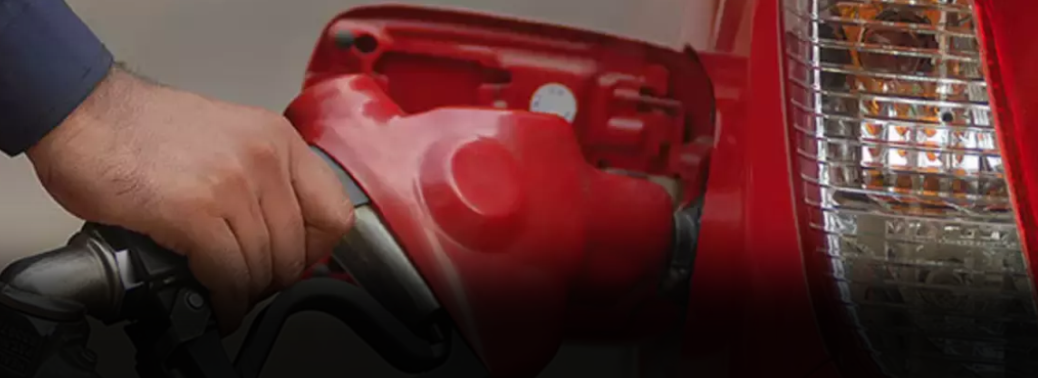Govt. Subsidy Spend on the rise Again
06, Feb 2019

Prelims level : Economy
Mains level : Indian Economy and issues relating to planning, mobilization, of resources, growth, development and employment.
In News:
- Rising LPG prices and higher subscribers have resulted in the government’s subsidy expenditure over the last two years reversing a declining trend established in the previous six years, an analysis of Budget documents shows.
Explained:
- The data show that the government’s total expenditure on subsidies is expected to make up 9.83% of its total expenditure overall in 2019-20, according to the Budget estimate for the year, up from the 9.65% in the revised estimate for 2018-19.
- This increase might not seem significant by itself, but it becomes noteworthy when viewed against the backdrop of a consistent annual fall from 18.2% in 2012-13 to 8.15% in 2017-18.
Reason for the Rise:
- The sharp rise in food and petroleum subsidies over the last two budgets of 2018-19 and 2019-20. And also because of the increase in the Minimum Support Prices hiked across the board, the reason behind the increase in the petroleum subsidy has to do in particular with the government’s focus on LPG as a source of cleaner cooking fuel.
- The reason for the increase in the petroleum subsidy is because of an increased allocation for the Direct Benefit Transfer scheme for LPG,
- Because, LPG prices have been rising, and the number of subscribers has been increasing, so the subsidy amount will naturally increase.
- The price of an unsubsidised cylinder was Rs. 809.50 in December, which means the subsidy was Rs. 308 a cylinder. And the Centre subsidises 12 cylinders a year per customer. The government has two major schemes in the LPG sector. PAHAL scheme, the first, involves direct cash transfers to LPG consumers for 12 numbers of 14.2 kg cylinders per year. The second scheme, the Ujjwala Yojana, seeks to give free LPG connections to poor In terms of consumption, data with the Petroleum Planning and Analysis Cell show that LPG consumption has grown in tandem with the launch of the PAHAL scheme. While LPG consumption grew 1.6% and 4.4% in 2012-13 and 2013-14, respectively, the growth averaged 9.4% in the years since the scheme was launched in 2013.
- Food subsidies increased to Rs. 1,71,298 crores in 2018-19, up a whopping 70.8% over its allocation in the previous year.
- Similarly, petroleum subsidies have been budgeted to increase a significant 50.9% in 2019-20 to Rs. 37,478 crores.
PAHAL Scheme:
- PaHaL (Pratyaksha Hastaantarit Laabh) is the abbreviated alternate Hindi name for the Direct Benefit Transfer (DBT) Scheme existing in India for the direct cash transfer of subsidy for Liquefied Petroleum Gas (LPG) used in household cooking.
- As the name suggests, LPG consumers who join the PaHaL scheme will get their LPG cylinders at market price and receive LPG subsidy, as per their entitlement, directly into their bank accounts
- Launched by ministry of petroleum and natural gas
Ujjwala Yojana:
- Under the scheme, five crore LPG connections are to be provided to BPL households. The identification of eligible BPL families will be made in consultation with the State Governments and the Union Territories. BPL is a person/ household who suffers from at least one deprivation under the Socio-Economic Caste census (SECC) – 2011 Database. Under the scheme, five crore LPG connections are to be provided to BPL households. The Scheme provides a financial support of Rs 1600 for each LPG connection to the BPL households, interest free loan to purchase stove and refill by Oil Marketing Companies.
- The administrative cost of Rs. 1600 per connection, which includes a cylinder, pressure regulator, booklet, safety hose, etc. would be borne by the Government
- Launched by Ministry of Petroleum and Natural Gas (MoP&NG)






